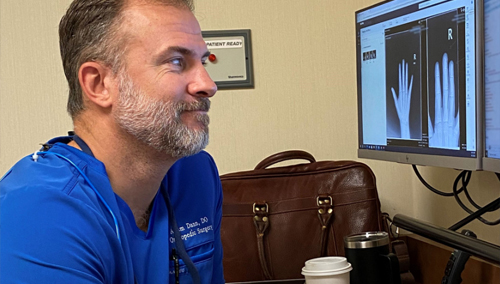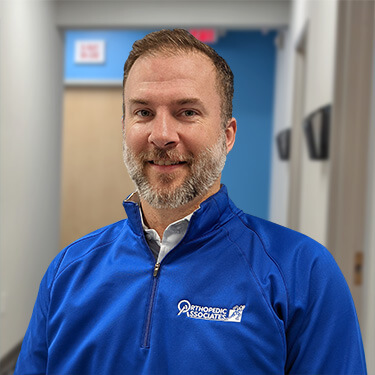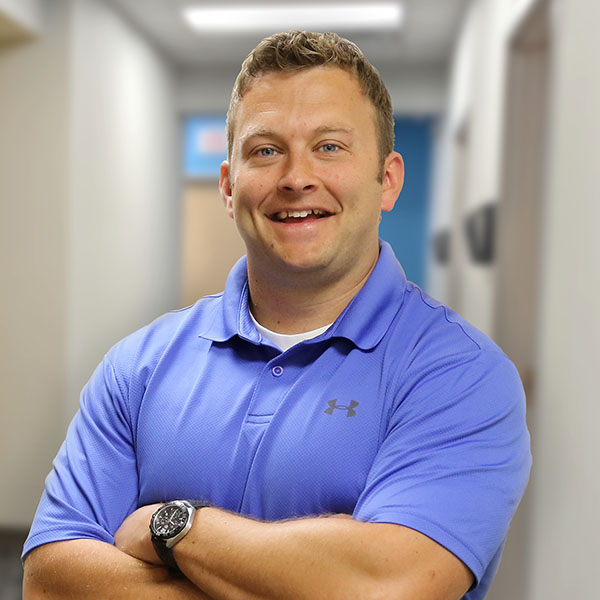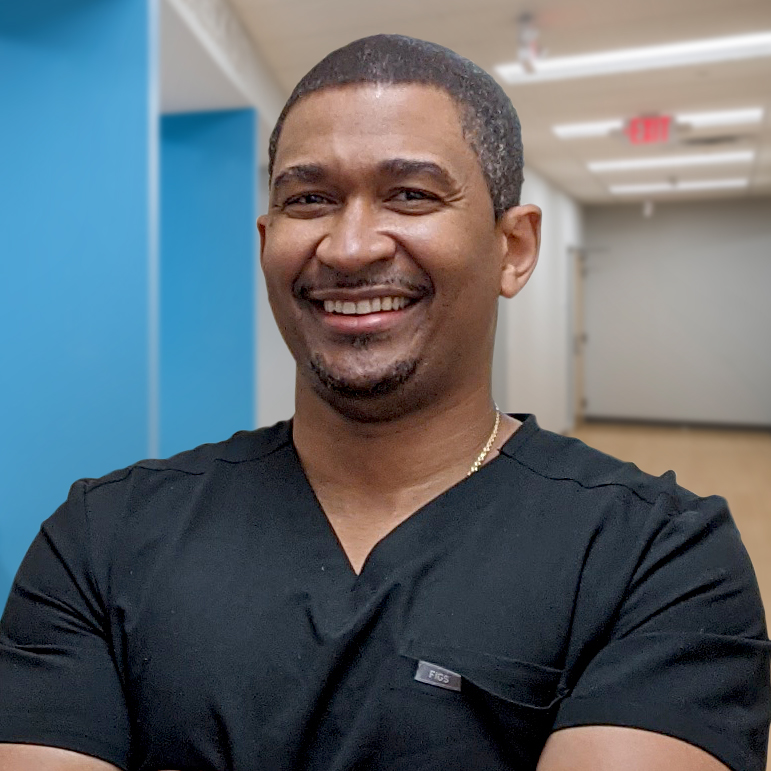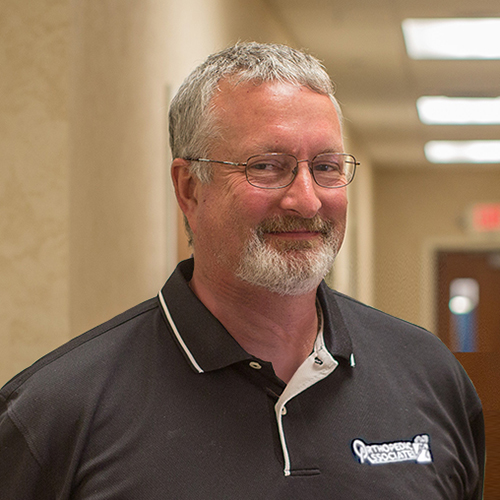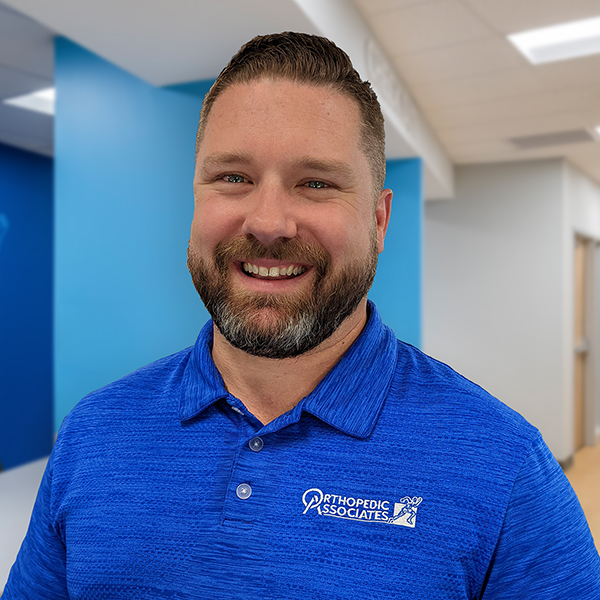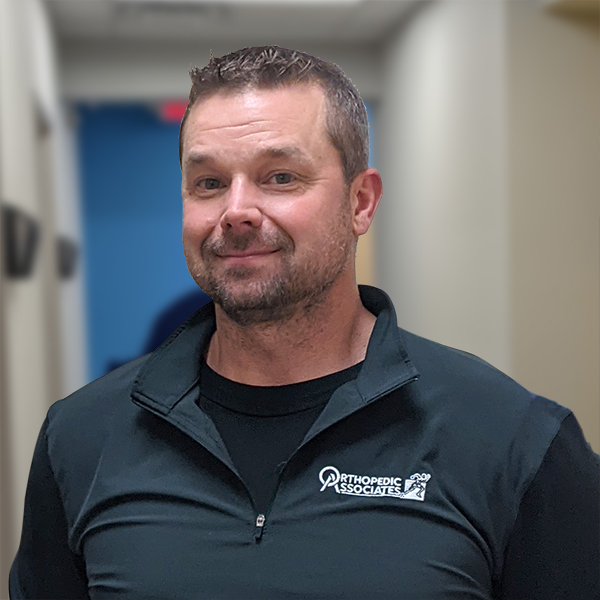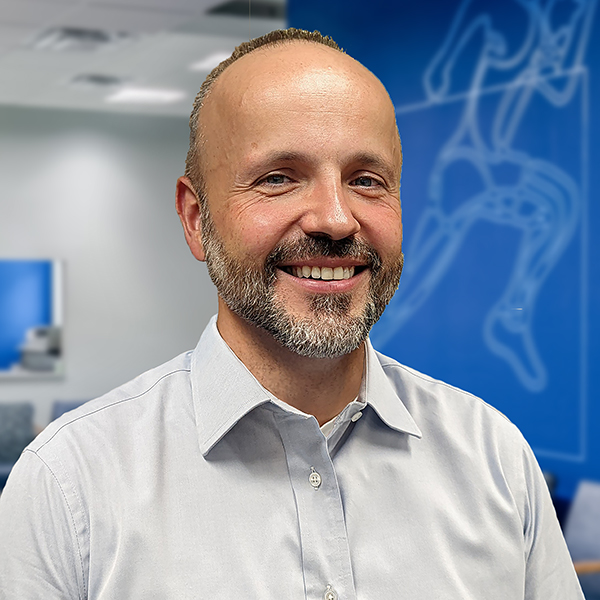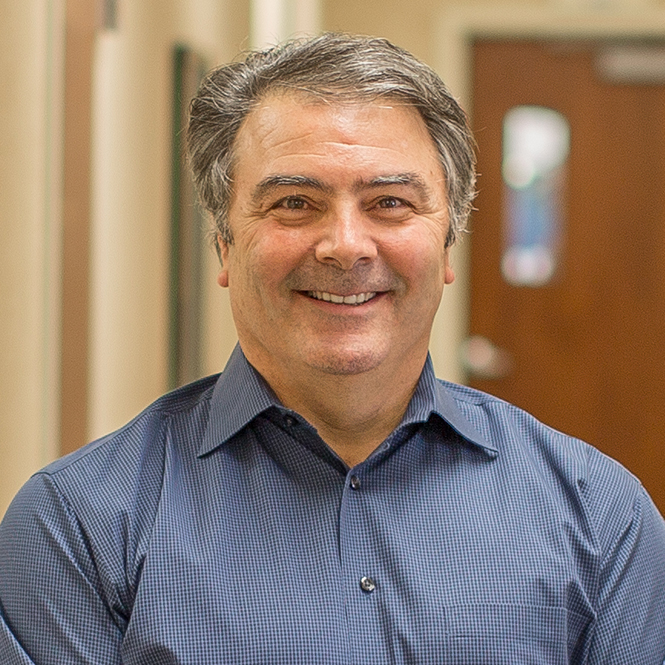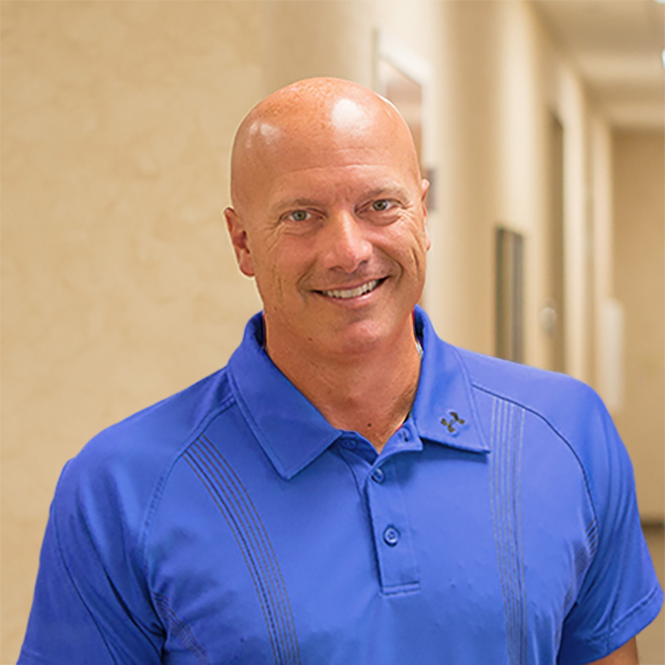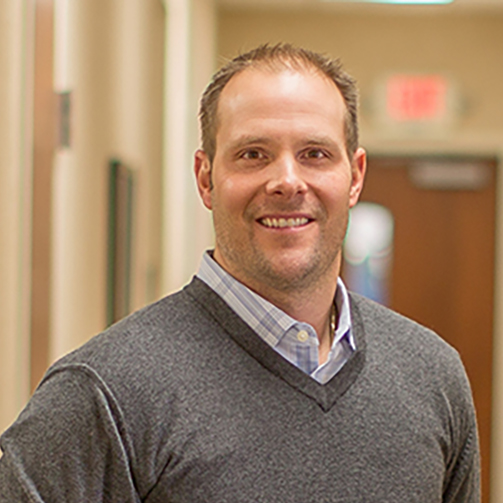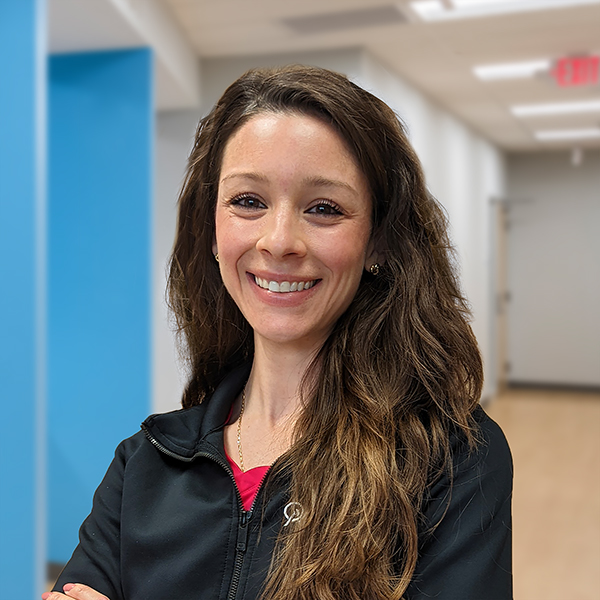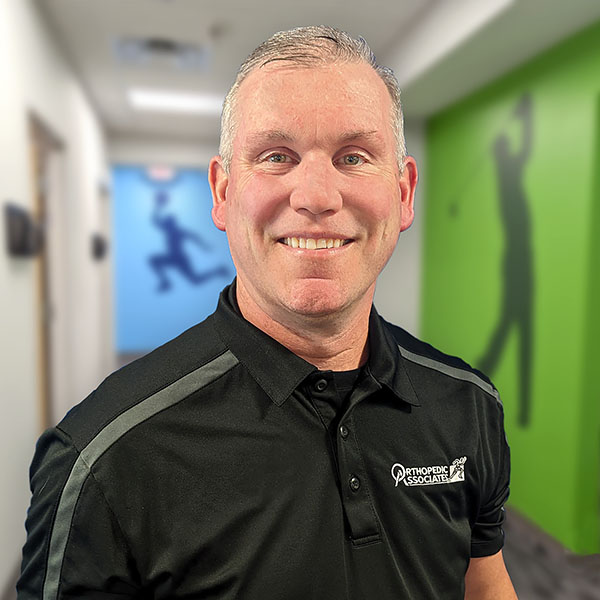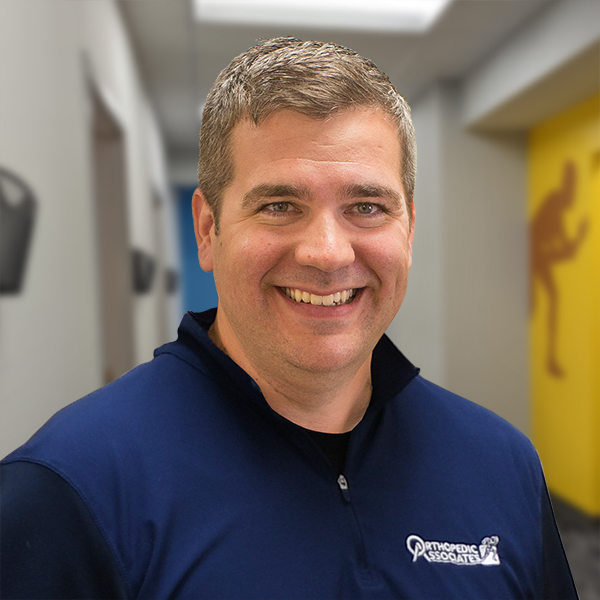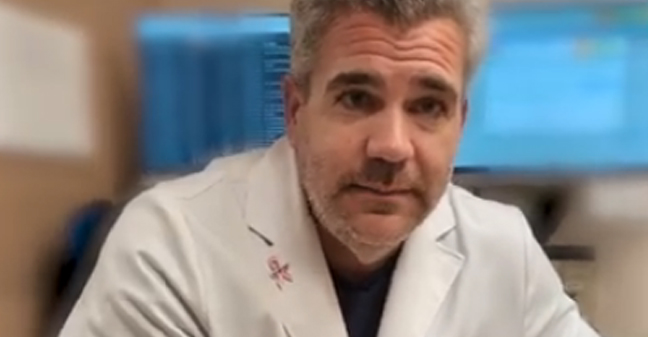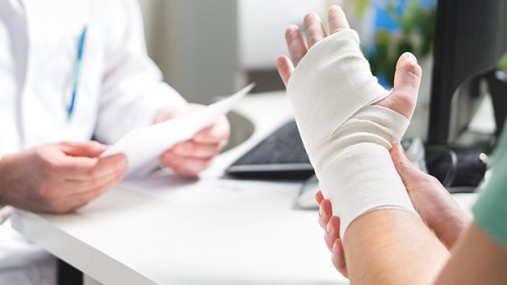
Reconstructing a torn anterior cruciate ligament (ACL) is a common orthopedic surgery on the knee. You could tear the ligament by putting undue stress on the knee while playing sports, dancing, or pivoting your foot incorrectly. Orthopedic surgery to repair the damage includes a lengthy recovery period. Consider the following tips to make your ACL rehabilitation time more manageable.
How to Ensure a Good Recovery After ACL Surgery
1. Keep Swelling in Check
After torn ACL repair, you will likely experience high pain levels, especially during the first few days following the procedure. You are also likely to have inflammation around the surgical site, worsening your pain. Inflammation can also lead to joint stiffness.
Inflammation in your leg could last for weeks. Keep the swelling in check by following the RICE protocol: rest, ice, compression, and elevation. A compression knee sleeve may help reduce leg inflammation. During the first few days of recovery, you could apply ice wrapped in a towel to your knee three or four times a day for about 15 minutes each. Your doctor may also recommend anti-inflammatory medication to help with swelling.
2. Bend and Straighten Your Knee
Due to pain and discomfort, you likely won't feel like extending your leg immediately after an ACL surgery. However, you must work on bending and straightening your knee to match the other leg's extension range. Otherwise, you will have issues walking and running when the tissue heals.
Reducing swelling will minimize some pain and allow you to move your knee joint more easily. When you manage your inflammation, you can begin exercising your leg to increase its range of motion around the knee. With your surgeon’s direction, begin working with a physical therapist to learn the proper way to exercise your leg. Bring the exercises home and prioritize moving your body as directed to help with the healing process.
3. Start Walking
Immediately following orthopedic surgery on your knee, speak to your doctor on how to properly start walking. It may seem counterproductive to start moving so quickly. However, this action is a crucial milestone for a successful recovery.
During the first week, you should use crutches and apply partial weight to your leg. By the start of your second week of rehabilitation, with the help of a physical therapist, you should begin to put your total weight on the healing knee. If you use crutches for too long, you risk wearing down or weakening vital muscles in the calf and thigh.
Always consult with your doctor and physical therapist to help you get moving after surgery.

